Pompeii is an ancient city in Campania that is located about 30 minutes outside of Naples. While Pompeii was once a bustling Roman city, the eruption of Mount Vesuvius in 79 A.D. left the city buried in meters of pumice and ash. Nearly 1,000 years later, visitors are still able to visit this historic site and catch a glimpse of what Pompeii looked like before its demise. From the Villa of the Mysteries to the Temple of Apollo, Pompeii is filled with well-preserved frescoes, ancient Roman temples, and old Roman residences.
If you are interested in reading more about Italy, check out Venice, Italy: Traveling Through the “Floating City,” Rome, Italy: Visiting the Colosseum, and Florence, Italy: 3 Days in the “City of Art and Culture.”
This photo was taken in the Villa of the Mysteries, a suburban Roman villa on the outskirts of Pompeii. The Villa features a collection of mosaics, pottery, and items from the ancient village. What is most haunting about this location is the array of “stone people” that were cemented in place as pumice and ash engulfed the city. Seeing these figures made Pompeii more than a historical stop for me, but a city with real people and tangible history.
This small statue is located in the House of the Faun, a large and impressive private residence that was constructed in the 2nd century B.C. This house features many stunning mosaics, including one of the battle of Issus in 333 BC between Alexander the Great and Darius III, as well as a bronze statue of a dancing Faun. Fauns, in Roman mythology, are creatures that are half human and half goat. From the gardens to the wall mosaics in each room, House of the Faun showcases the life of a rich patrician in ancient Pompeii.
This photo was taken in the Casa della Caccia Antica, a house that is adorned with mosaics, marble floors, and beautiful gardens. At this time, Pompeii’s wealthy payed particular attention to lavish embellishments and elegant decorations. The name of this house translates into the “House of the Ancient Hunt” or “House of the Wild Boar,” due to a mosaic on the atrium floor that depicts a wild boar being attacked by dogs.
The Forum is the center of social and civic life in Pompeii. This area has many temples, municipal buildings, and religious sites. The Forum features the Temple of Jupiter, the Arch to Drusus and Arch of Germanicus, the Basilica, Forum Granary, the Temple of Apollo, and the Temple of Vespasian. It’s amazing to wander around the city center and admire the ancient limestone columns.
Although Pompeii is massive, I managed to explore most of the city in 2 hours. The city is very walkable and it’s surreal to see the remains of a 2,000 year old city. Pompeii is an incredible place to visit, especially if you’ve studied its history before going!
If you have been or want to go to Pompeii, let me know what you think of this ancient city in the commnents below!
XO, Kim
SUBSCRIBE TO MY YOUTUBE: @KimChwalek
FOLLOW ME ON IG: @KimChwalek
SHOP MY FASHION FAVORITES: kimcollective.com/fashion
CHECK OUT MY SPOTIFY PLAYLISTS: kimcollective.com/playlists


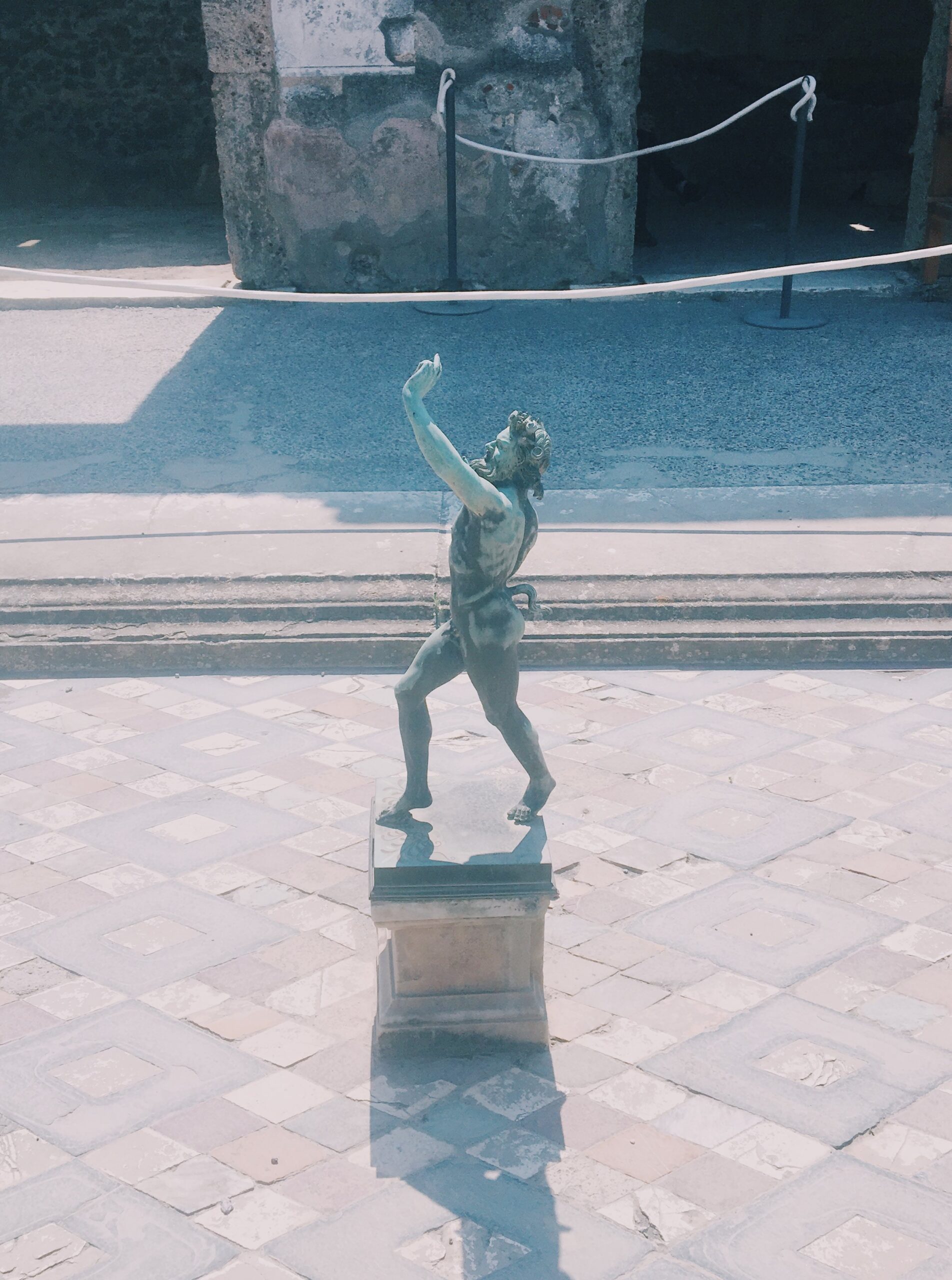

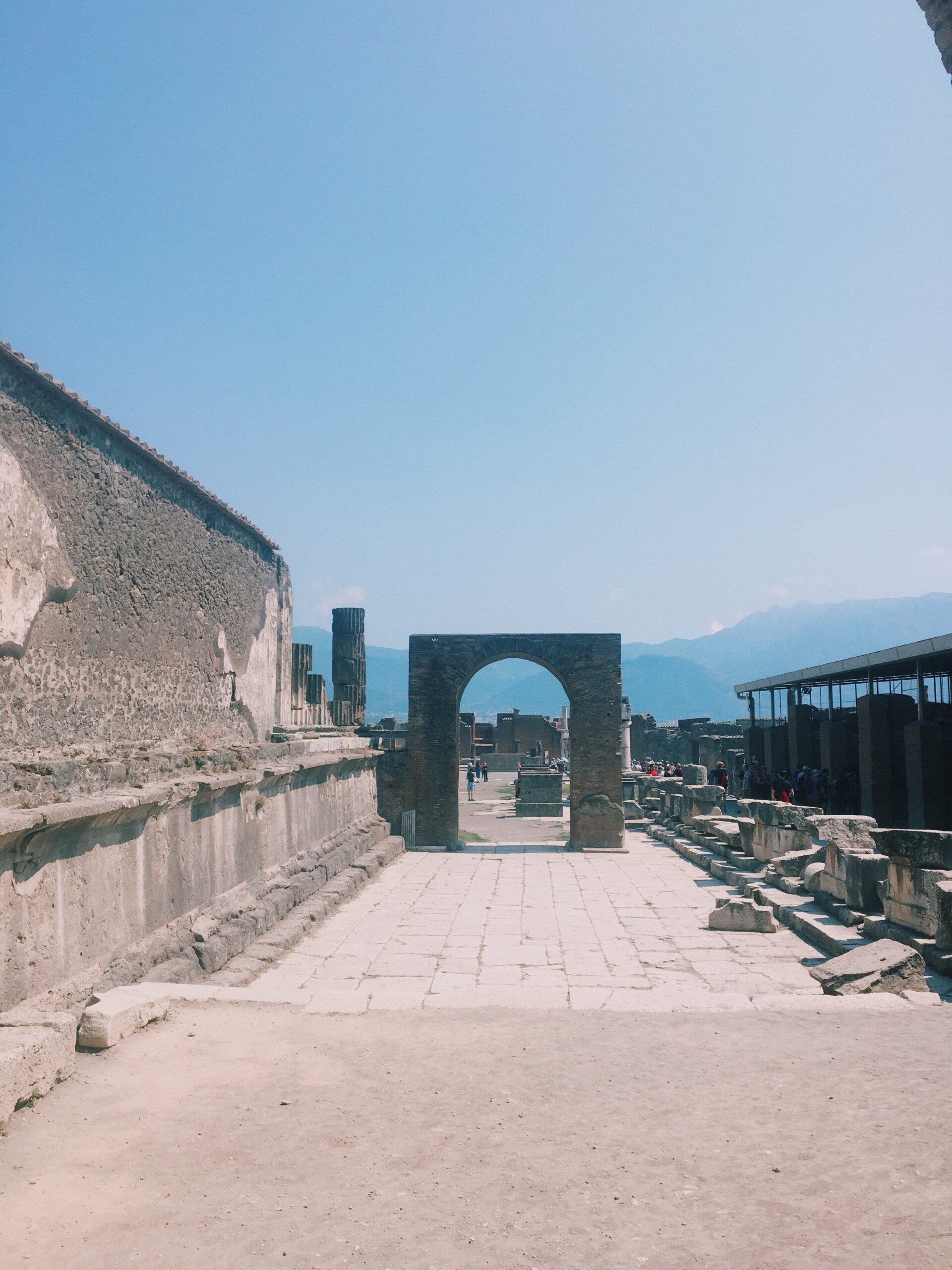
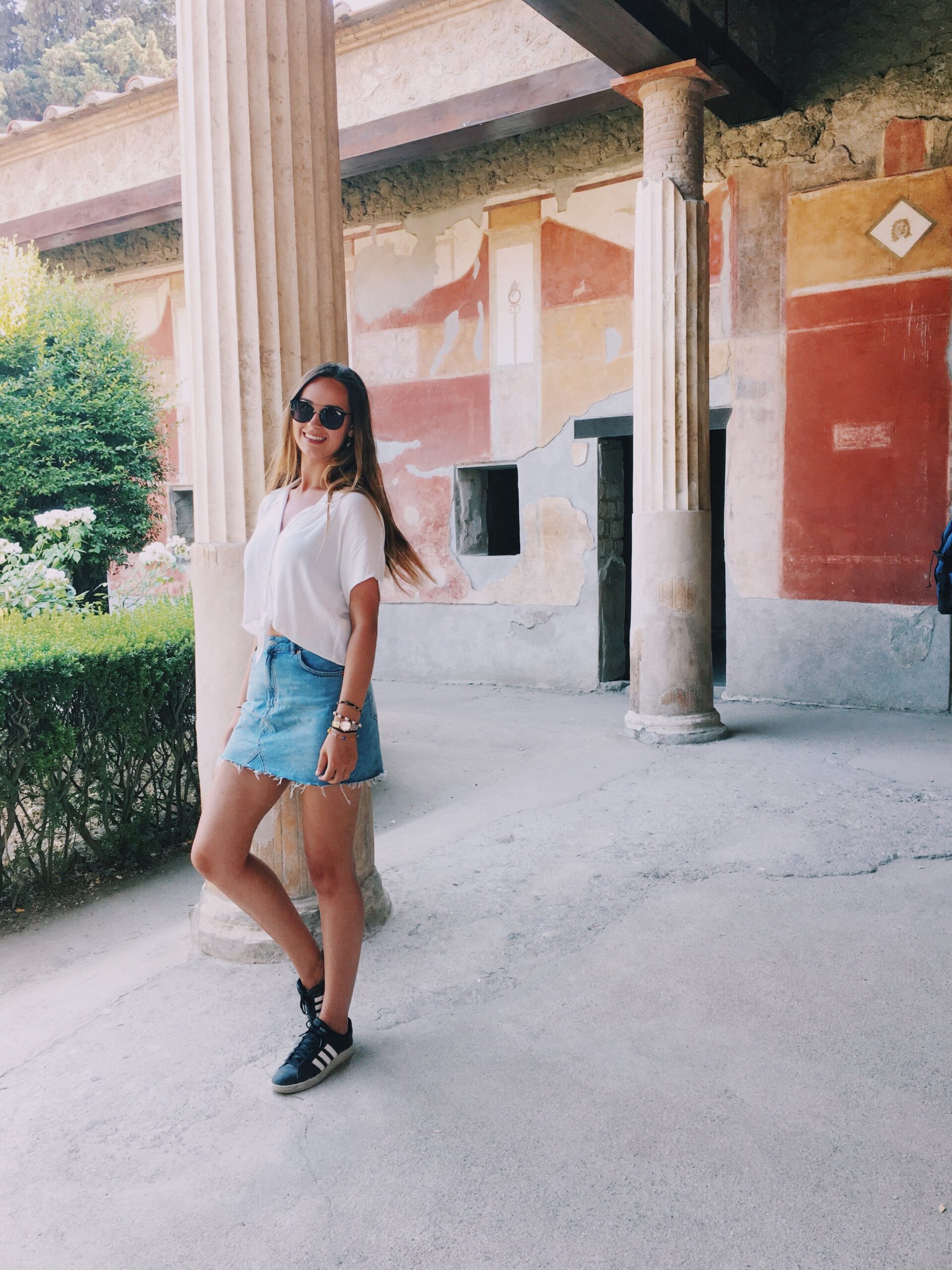
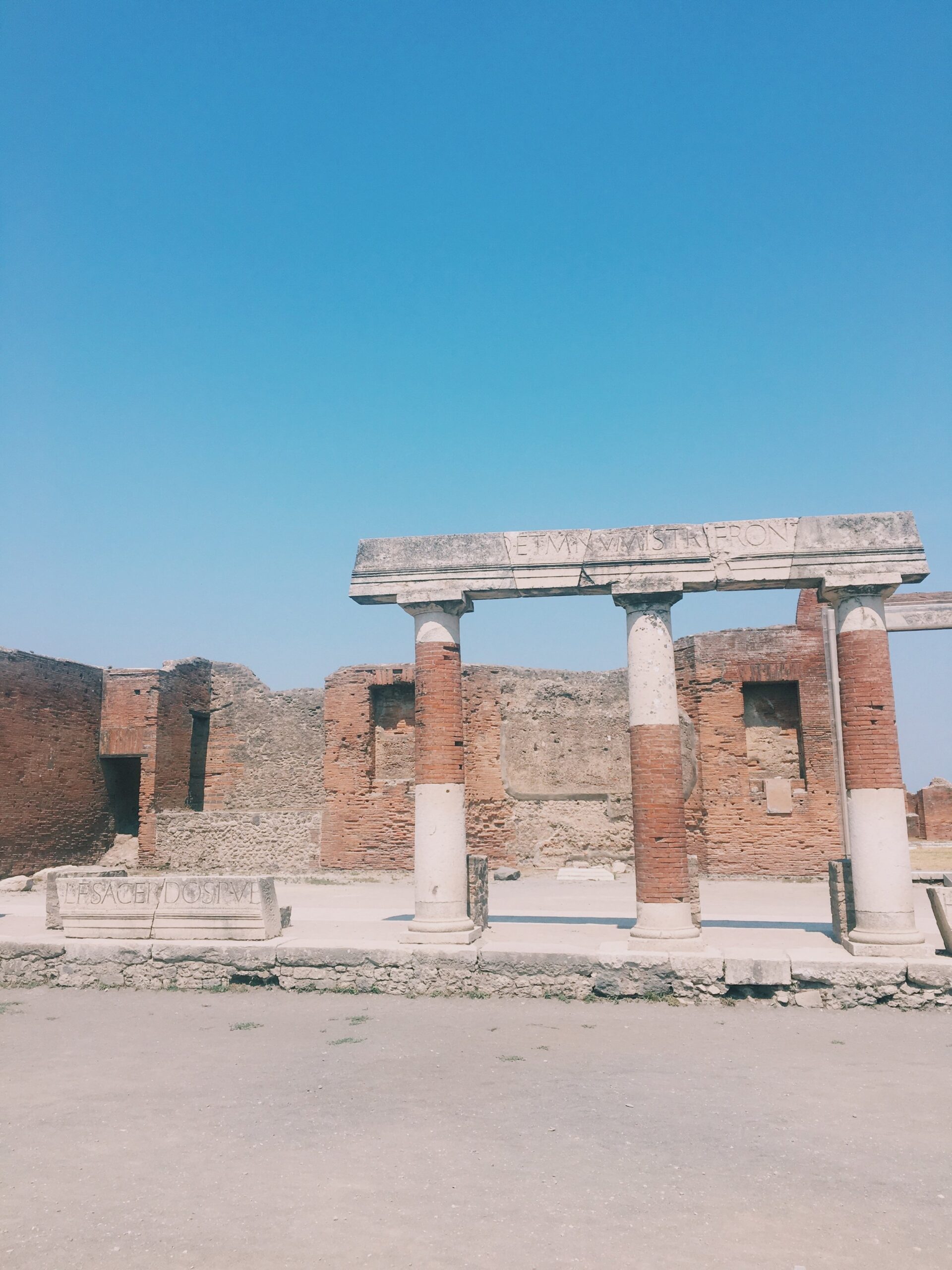
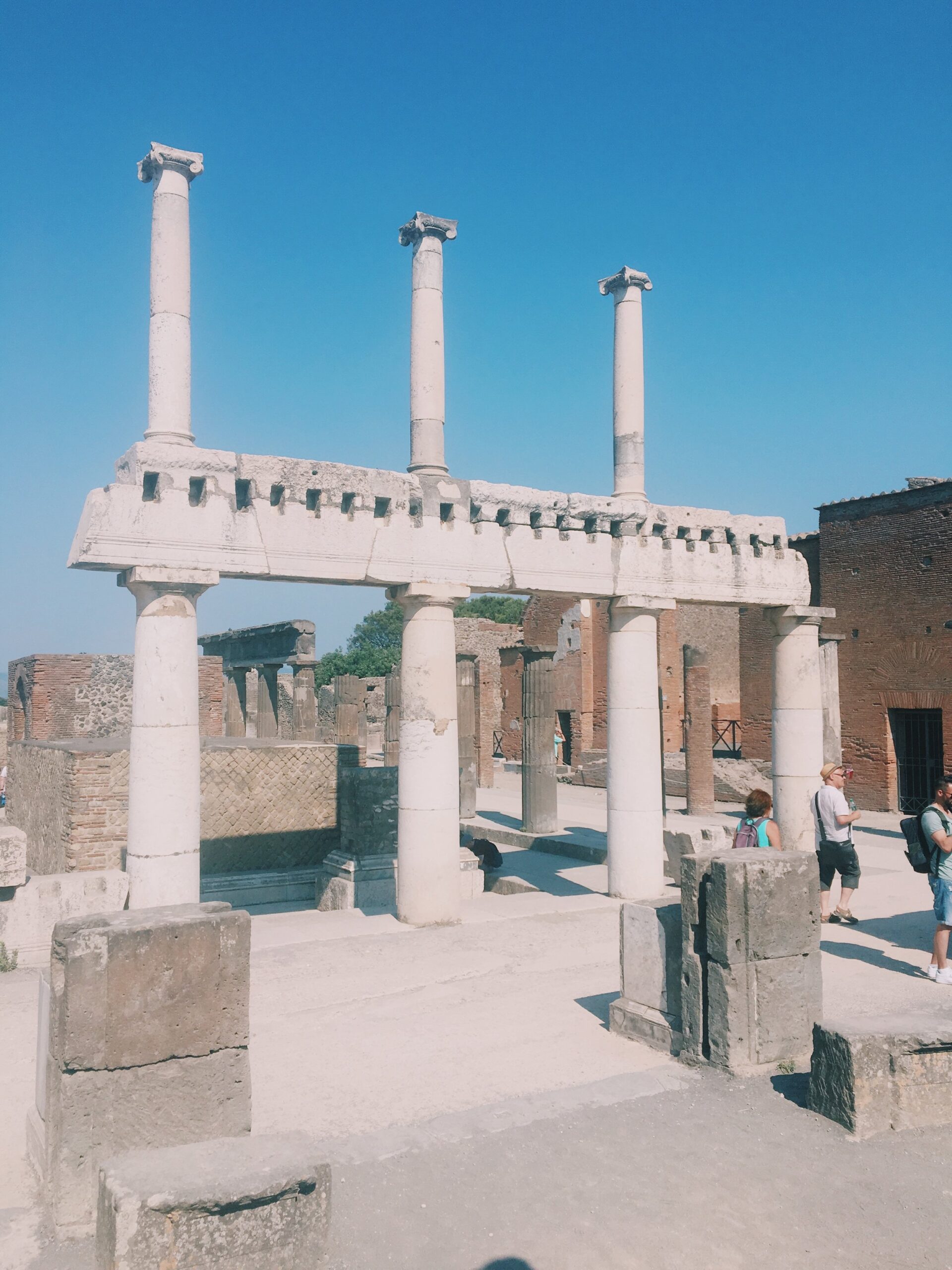

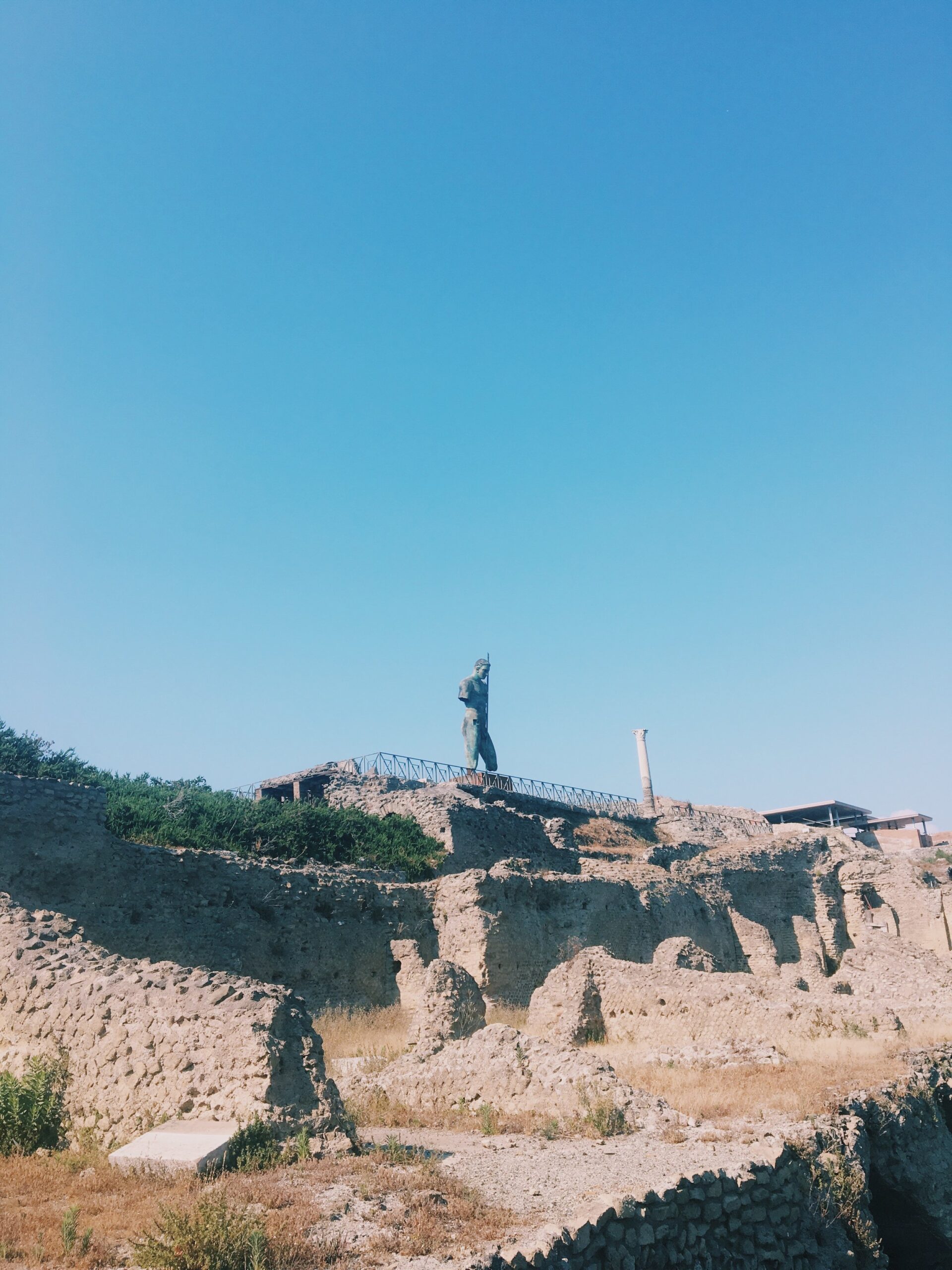
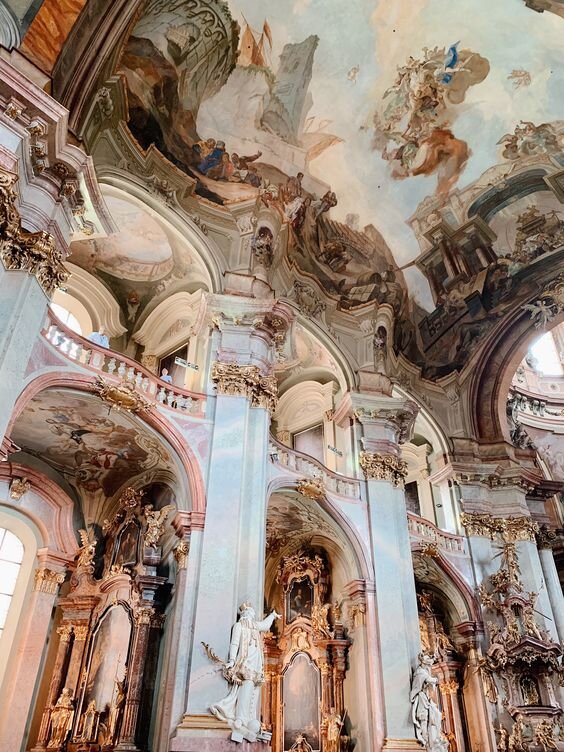

Here is a jam-packed summer guide that guarantees a good time!